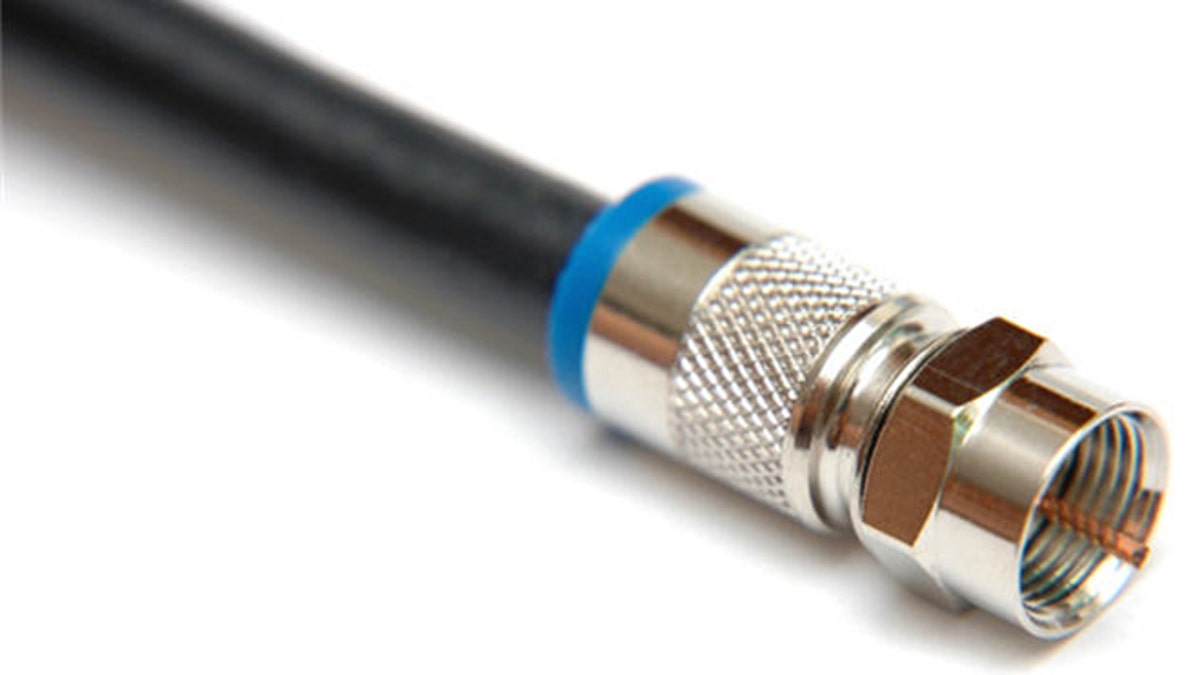
The average monthly cable TV bill for American households in 2011 was $86, according to market research company, The NPD Group. Fast-forward to 2015 and, says NPD, that bill will grow to $123 per month—an imposing $1,476 per year, just for pay-TV programming.
Some cable TV service providers are offering more lower cost packages to customers. Comcast recently offered a low-cost plan, bundling its high-speed Internet access with HBO and basic TV channels for as low as $40 per month.
Pay-TV service providers are learning what many tech-savvy consumers already know: High-speed Net connections open up a whole slew of entertainment options that can supplement—or even replace—standard network and cable TV fare.
If one of your New Year's resolutions is to stop getting gouged by your service provider, we can help you trim your monthly cable bill:
- Negotiate strongly with your provider. Tell a customer-service rep or a "customer-retention specialist" that you'll switch to another provider unless your monthly bill gets trimmed. Be polite, but be prepared to fight like a champ to negotiate a lower bill. For more, read "5 Tips for Cutting Your Cable Bill" and "Save on Telecom Bundles."
- Use an HDTV antenna. You might be able to grab high-definition broadcasts from your local TV stations—free—using a simple over-the-air antenna. Find the best indoor HDTV antenna.
- Hook up a streaming media player. Devices such as Apple TV, Roku and Google Chromecast bring iTunes and Google Play and other streaming video services such as Amazon, Hulu Plus, and Netflix, to your TV. Many smart TVs, Net-connected Blu-ray players, and video-game consoles can also access subscription-based services, which let you catch up with previously aired episodes of shows.
- Go online. Full episodes of popular shows such as "Homeland," "Scandal," "The Big Bang Theory," and "The Walking Dead" are available on official network TV websites, and the free Hulu.com, shortly after they've aired, sometimes as soon as the next day. And newer computers and laptops have HDMI connections, which makes it easier to watch Web-casted episodes and YouTube videos on your big-screen TV.
- Think mobile. Apps can deliver streaming videos to smart phones and tablets, too. And many TVs now have wireless (Miracast, DLNA) and wired (MHL) technologies that make it easier to share content from a mobile device on your TV. Find out how to watch shows and movies just about everywhere.
If losing some weight joins cutting your cable bill on your list of resolutions, check our reviews of diet plans and exercise equipment such as ellipticals, rowing machines, spin bikes, and treadmills.
Copyright © 2005-2014 Consumers Union of U.S., Inc. No reproduction, in whole or in part, without written permission. Consumer Reports has no relationship with any advertisers on this site.




















